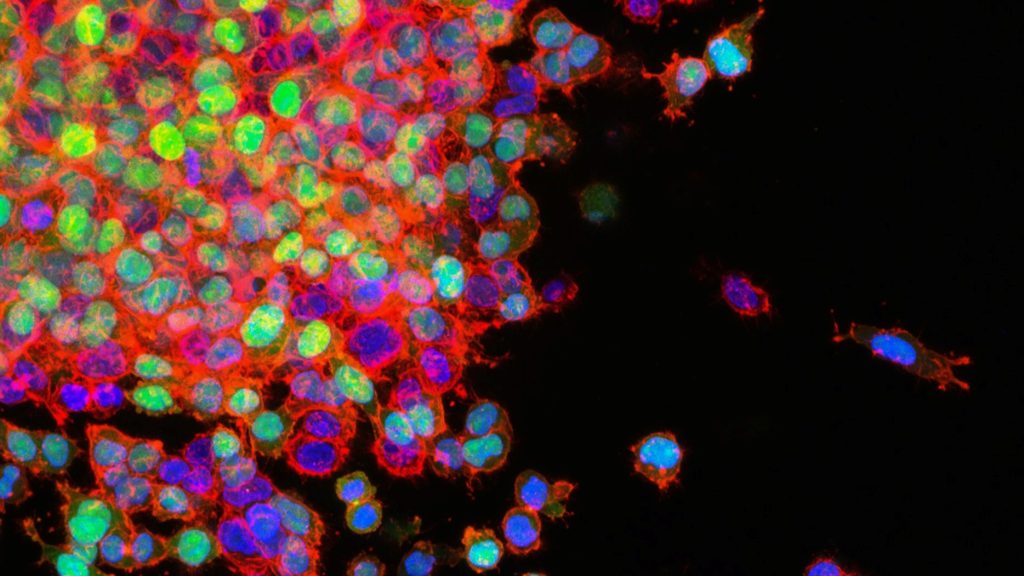Outdoor Play can Mitigate the Worst Effects of Kids’ Screen Time

Children around the world are spending more and more time with screens, which is a great concern for parents and physicians alike. New research from Japan indicates that more screen time at age 2 is associated with poorer communication and daily living skills at age 4 – but playing outdoor seems to reduce some of the negative effects.
For their study, published in JAMA Pediatrics, the researchers followed 885 children from 18 months to 4 years of age. They looked at the relationship between three key features: average amount of screen time per day at age 2, amount of outdoor play at age 2 years 8 months, and neurodevelopmental outcomes at age 4: communication, daily living skills, and socialization scores according to a standardised assessment tool called Vineland Adaptive Behavior Scale-II.
“Although both communication and daily living skills were worse in 4-year-old children who had had more screen time at aged 2, outdoor play time had very different effects on these two neurodevelopmental outcomes,” explains Kenji J. Tsuchiya, Professor at Osaka University and lead author of the study. “We were surprised to find that outdoor play didn’t really alter the negative effects of screen time on communication – but it did have an effect on daily living skills.”
Specifically, almost one-fifth of the effects of screen time on daily living skills were mediated by outdoor play, meaning that increasing outdoor play time could reduce the negative effects of screen time on daily living skills by almost 20%. The researchers also found that, although it was not linked to screen time, socialisation was better in 4-year-olds who had spent more time playing outside at 2 years 8 months of age.
“Taken together, our findings indicate that optimizing screen time in young children is really important for appropriate neurodevelopment,” says Tomoko Nishimura, senior author of the study. “We also found that screen time is not related to social outcomes, and that even if screen time is relatively high, encouraging more outdoor play time might help to keep kids healthy and developing appropriately.”
These results are particularly important given the recent COVID-related lockdowns around the world, which have generally led to more screen time and less outdoor time for children. Because the use of digital devices is difficult to avoid even in very young children, further research looking at how to balance the risks and benefits of screen time in young children is eagerly awaited.
Source: Osaka University




